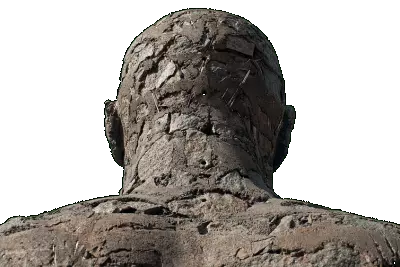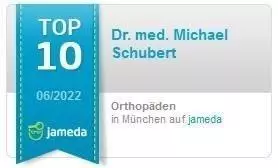Why many people are affected by spinal canal stenosis as they get older and what can be done about it
The spinal canal is protected inside the spine. This canal protects the sensitive nerves from pressure and damage. At the level of each vertebral body, nerves emerge from the spinal canal and innervate the entire body segmentally. With age, this spinal canal can narrow, which is referred to as spinal canal stenosis. This often manifests itself in back pain, which radiates into the buttocks and legs when walking or standing - i.e. under stress.
Spinal canal narrowing: the possible causes
The narrowing of the spinal canal can be congenital or acquired over the course of life. In the congenital spinal canal narrowing, the first symptoms appear at a young age. The spinal canal is narrowed throughout the spine.
In contrast, acquired spinal canal narrowing does not occur over the full length of the spine. The most common are stenoses in the lumbar and cervical spine.
Causes can be age-related wear and tear on the intervertebral discs, but also thickening of the surrounding fascia. Around 20% of all people over 60 suffer from such a spinal canal stenosis.
Spinal canal stenosis: symptoms
In addition to chronic back pain, patients with spinal canal stenosis also suffer from leg pain. These occur mainly under stress, i.e. when walking or standing. As the disease progresses, the possible walking distance becomes shorter and shorter, longer activities are no longer possible. Other symptoms include tingling, numbness and even paralysis in the legs.
correct diagnosis
8 out of 10 people in Germany regularly suffer from back pain. The causes of back pain are varied. This is precisely why a careful diagnosis is so important. Only then can the cause of the persistent pain be identified and treated effectively. When diagnosing a narrowing of the spinal canal, a detailed anamnesis and a thorough physical examination of the patient are carried out first.
The X-ray image provides a first indication of whether a spinal canal stenosis is present. The finding can then be confirmed using magnetic resonance imaging (MRI). The neurological diagnosis also enables the exact localization of the narrowing.
What treatment options are there?
A narrowing of the spinal canal can in many cases be treated well with conservative therapy methods. If the patient is suffering greatly or in particularly severe cases, relief can be provided by means of a surgical intervention. New, micro-invasive surgical procedures can provide long-term relief.
Conservative therapy methods
Conservative therapy methods usually offer those affected very good help and alleviation of the symptoms. In most cases, various therapies are modularly tailored to the needs of the patient. Examples of these therapies include:
- physical therapy
- heat therapy
- electrotherapy
- orthoses
- back school
- pain therapy
Accompanying psychological pain management training can also be useful.
Surgical interventions (operation)
Surgical intervention is always aimed at relieving the region where the spinal cord is being squeezed. Various methods are available for this:
- (Endoscopic) decompression: There are several methods to choose from. In the hemi- or laminectomy, the vertebral arch is removed on one or both sides with the spinous process. During microdecompression, only parts of the vertebral arch are removed.
- Spinal fusion: Several vertebrae are stiffened (fusion).
What treatment options does the Spine Center Apex-Spine offer?
We at Apex-Spine are specialists in spinal canal stenosis and have experience from thousands of minimally invasive spine surgeries. In our highly specialized center we offer both conservative and surgical therapies without stiffening. We are specialists in the field of endoscopic decompression.
This is a minimally invasive procedure in which a targeted, millimeter-precise removal of the bone parts that are responsible for the narrowing is possible. With this procedure, the risk of nerve injuries and blood vessels is particularly low. The duration of the operation and the convalescence are significantly reduced compared to conventional therapy methods.
With the tube technique, we at Apex-Spine also offer a completely new method. A trocar is pushed into the narrowed area from behind. This surgical technique allows treatment in just 45 minutes.

